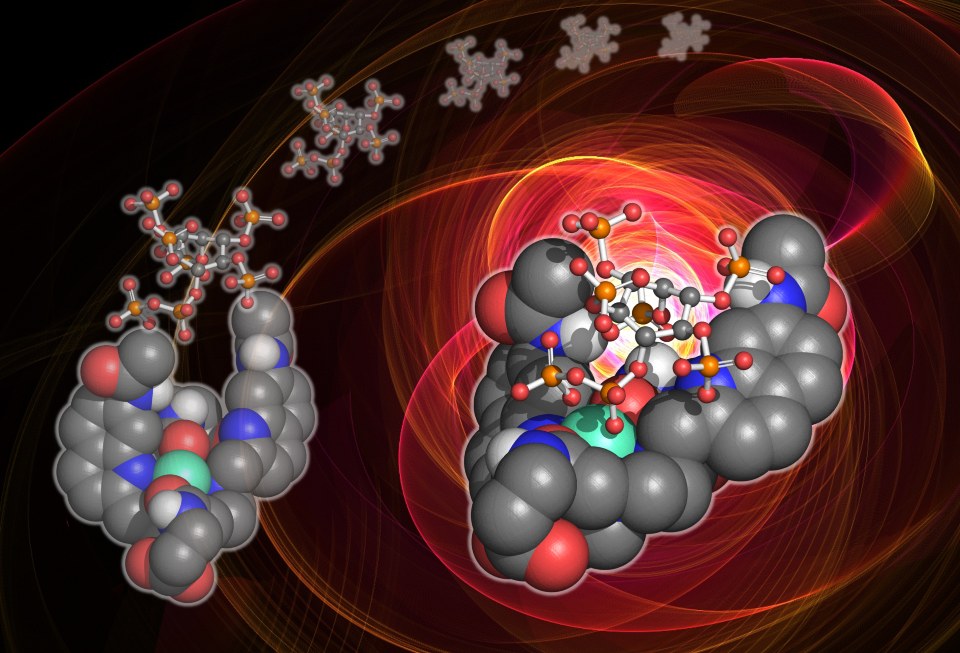A study by Loughborough University and the University of Oxford in the U.K. has led to the development of a small molecule probe that could deepen the understanding of a crucial cellular messenger and lead to the development of new therapeutic drugs.
The research paper showcases the researchers’ innovative probe that binds to inositol pyrophosphate or 5-PP-InsP5.
5-PP-InsP5 plays a fundamental role in various biological processes, including cell growth, programmed cell death, and enzyme regulation, and new roles are still emerging with it recently being found to be a key regulator of blood glucose levels.
Due to its diverse roles in cellular processes, 5-PP-InsP5 is an attractive target for developing therapeutic drugs.
However, biomedical and drug discovery research relies on ‘small molecule probes’ to detect specific target molecules and, until now, no 5-PP-InsP5-specific probes existed.
The research team of Stephen Butler, Felix Plasser, and Barry Potter combined their chemical synthetic and computational modeling knowledge to create a probe specific to 5-PP-InsP5 that emits a bright red light upon binding.

The intensity and duration of this light can be measured to quantify the levels of 5-PP-InsP5 during different biological processes, paving the way for a deeper understanding of its precise functions, mechanisms, and therapeutic potential.
Butler said: “A key motivation in our lab is to develop molecular tools with real-world applications, so we’re excited about the potential of the probe reported here as a drug discovery tool, that could enable high-throughput screening of drug-like molecules that modulate biological processes involving the cellular messenger 5-PP-InsP5.
“Other inositol pyrophosphates exist and are still emerging in biology, so methods to detect, synthesize and exploit these could also be necessary and will be facilitated by the probe design features established in this project.”
Potter added: “I have spent almost all of my independent scientific career in research on inositol phosphates and feel that the advent of these new pyrophosphate messengers, with their emerging biological functions, is truly exciting for the field and calls for innovation.
“Our highly collaborative new paper presents a very timely technique to measure such a messenger for the first time and should enable a wealth of further developments in the area.”
The co-lead authors of the study are Megan Shipton and Fathima Jamion, a PhD and final year undergraduate student from Oxford and Loughborough, respectively.
The research paper, Expedient synthesis and luminescence sensing of the inositol pyrophosphate cellular messenger 5-PP-InsP5, was funded by the UKRI Biotechnology and Biotechnological Sciences Research Council (Butler) and The Wellcome Trust (Potter).
Partnering 2030: The Biotech Perspective 2023






